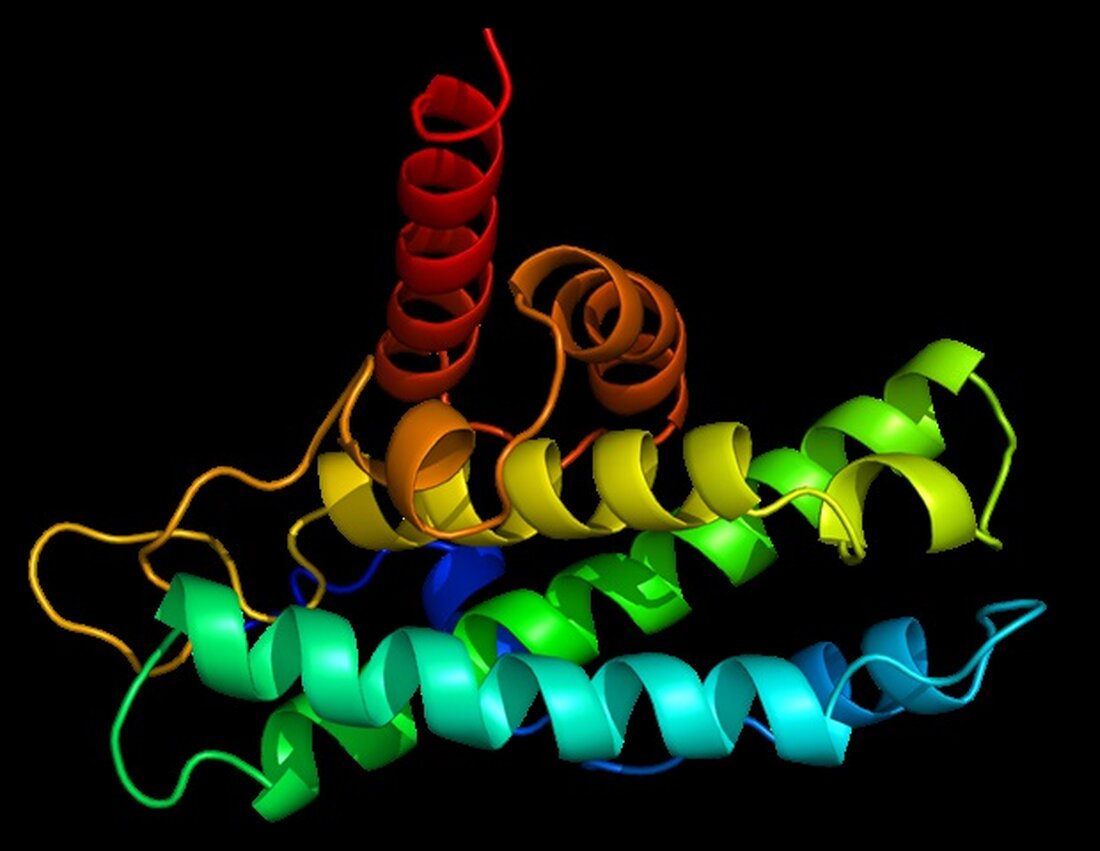A new breakthrough could help detect lung cancer earlier and improve treatment outcomes for patients
Scientists studying the mechanics of the early stages of lung cancer have identified a new potential treatment that could also help in early detection of the disease. A study shows that levels of a key protein - called TLR2 - in tumors predict a patient's survival after a lung cancer diagnosis. A compound that activates TLR2 has been tested in mice and found to reduce tumor growth in the early stages of the disease. With late-stage lung cancer's five-year survival rate at just six percent - compared to 50 percent when diagnosed earlier - experts say the breakthrough could help...

A new breakthrough could help detect lung cancer earlier and improve treatment outcomes for patients
Scientists studying the mechanics of the early stages of lung cancer have identified a new potential treatment that could also help in early detection of the disease.
A study shows that levels of a key protein - called TLR2 - in tumors predict a patient's survival after a lung cancer diagnosis.
A compound that activates TLR2 has been tested in mice and found to reduce tumor growth in the early stages of the disease.
With the five-year survival rate of late-stage lung cancer at just six percent - compared to 50 percent when diagnosed earlier - experts say the breakthrough could help detect the disease earlier and improve treatment outcomes for patients.
A group led by researchers at the University of Edinburgh discovered that TLR2 helps control some of the body's defense mechanisms when cancer mutations occur in cells.
eBook Cancer Research
Compilation of the top interviews, articles and news from the last year. Download a free copy
The protein is associated with senescence, a process in which cells stop growing and secrete a variety of chemicals and other proteins that collectively act as warning signals and defenses against cancer.
Senescent cells are present in early-stage lung cancer but no longer present in late-stage cancer, suggesting that senescence may prevent cancer progression.
After identifying the importance of TLR2, the team used data from human tumor samples to confirm that patients with high levels of the protein had longer survival in the early stages of lung cancer compared to patients with lower levels.
The team then used a drug known to activate TLR2 in a mouse model of lung cancer. Researchers found that the drug reduced the growth of lung tumors.
Experts hope these findings could lead to research into using senescence and the associated secreted chemicals as part of a screening program to enable earlier diagnosis of lung cancer.
More research is needed, the team adds, such as clinical trials to confirm whether the drug is effective in humans.
The research is a collaboration between researchers from the University of Edinburgh, University College London, the University of Cantabria in Spain, the Spanish National Research Council and the Mayo Clinic in the US.
The study is published in Cell Reports. It was funded by Cancer Research UK, Wellcome, the Spanish Government's Department of Science and Innovation and the US National Institute of Aging.
I find these results really exciting. Very little is known about the biology of early lung cancer, and by better understanding this process we have identified a potential new treatment for this devastating disease. This project highlights the value of basic research and how this can be translated into new treatments for patients.”
Dr. Fraser Millar, Clinical Lecturer in Respiratory Medicine, University of Edinburgh
Source:
Reference:
Millar, FR, et al. (2022) Toll-like receptor 2 orchestrates a tumor suppressor response in non-small cell lung cancer. Cell Reports. doi.org/10.1016/j.celrep.2022.111596.
.

 Suche
Suche
 Mein Konto
Mein Konto
